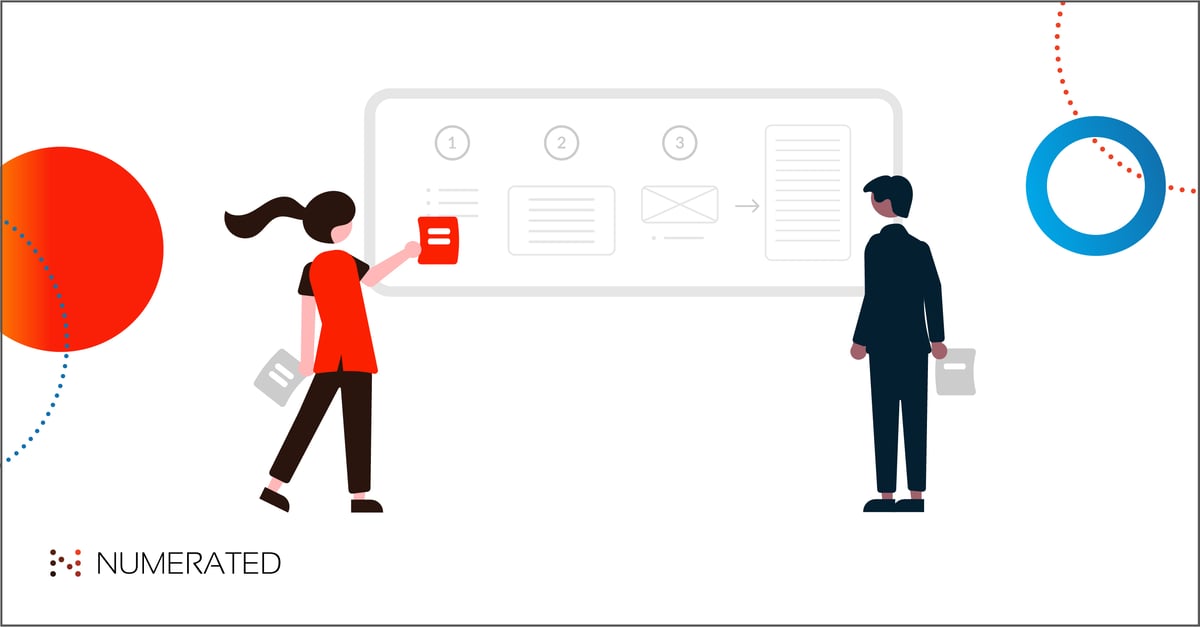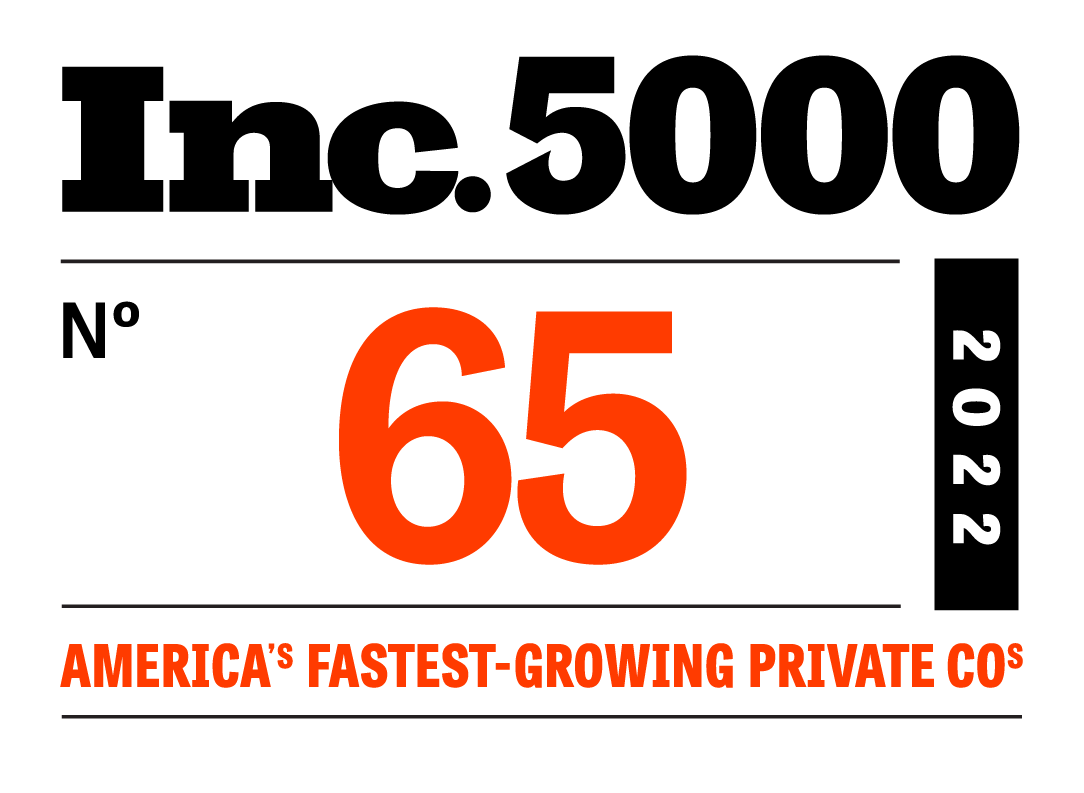
In June, our Vice President of Bank Products, Michael Desimone, and Dime Community Bank Senior Vice President, Matthew Crennan, attended the Risk Management Association’s Global Consumer and Small Business Risk Conference to share insights on building automated decisioning strategies.
During the presentation, Matthew Crennan shared how Dime Community Bank, a leader in innovation in community banking, developed and implemented an automated decisioning strategy using Numerated to increase efficiency and profitability for the institution.
We’ve gathered the top takeaways from the conversation and created a list of five key areas that should be top of mind for lenders interested in automated decisioning.
Why Create an Automated Decisioning Strategy?
Digitization now plays a more important role in small business lending. Small business customer expectations shifted greatly during the pandemic to favor a more digitally mature borrowing experience. They no longer need to wait weeks to receive an answer from their bank on whether or not they were approved for a loan.
Within hours, small business owners can quickly and easily receive funding from alternative lenders. In fact, some fintechs, like PayPal, offer funding as soon as the next business day.
The good news for traditional financial institutions is that they can reach this same level of efficiency using an automated decisioning strategy.
Implementing an automated decisioning strategy allows lenders to increase efficiency and profitability by limiting the amount of employee engagements needed per loan and allowing small businesses fast access to capital when they need it.
5 Tips for Building an Automated Decisioning Strategy
1. Don’t Start with Approvals
In the early stages of creating an automated decisioning strategy, starting with approvals can seem like a difficult task. The highest risk of loss is in auto approvals. Because of this, it can be a challenging place to start for lenders looking to drive profitability out of their branches. Rather than beginning with approvals, our VP of Bank Products, Michael, recommends starting with auto declines.
2. Creating a Strategy for Automated Declines
A great place to start building an automated decisioning strategy is auto declines. Building an automated decline strategy allows banks to save time and resources by automatically declining applications that do not fit the banks credit policy. Not only does this save the institution time, but it also provides borrowers with a better experience, whether they will become a customer or not.
3. Implementing Risk Flags
Implementing risk flags allows lenders to ensure they don’t accidentally auto decline the wrong borrower. For example, a borrower might not meet the threshold that the bank sets, but they might be a well recognized member of the community that the bank would not choose to decline immediately without further review. Risk flags allow lenders to avoid these situations by utilizing internal and external data such as deposit data for existing customers, business credit reports, and personal credit reports. When a borrower meets one of these criteria, the application will be flagged for further review.
4. Utilizing Automated Decisioning for Portfolio Management
For many lenders, it is safe to assume that the majority of their renewals receive approval for another year. Implementing an automated decisioning strategy for portfolio management allows lenders to easily approve those in the majority that will be approved and focus on the remaining renewals.
According to Dime Bank SVP Matthew Crennan, “You really want to focus on the portfolio management side as much as the origination, because you should be able to take 90 percent of your small business portfolio and say, okay, these 10 factors are what we're going to look at. We're comfortable here. We're going to let them go through a review cycle. And then just look at that 10-20 percent that fail those flags and focus your review on those ones, because that's where your real risk is.”
Implementing an auto decisioning strategy will increase profitability over the lifetime of a loan, because less employee resources are needed. Lenders can find opportunities to take internal and external data and automate the decisioning around it to provide value and minimize costs.
5. Getting Started with Automated Approvals
Many lenders choose to create an automated approval process last, because this is where the highest amount of risk is involved. Our VP of Bank Products shared his thoughts on auto approvals and the direction he expects the industry to move towards in the near future.
“Of course, automated approvals are out there. If you choose to do it, that's great. And there's an option for you. I think that I also hear, ‘We're never going to approve a credit without running a debt service coverage if the request is above, let's say $500,000.’ All right, does that require a person? I would suggest to you that it doesn't anymore. And we're probably just on the front edge of realizing that across the industry.
“You can now automate a debt service coverage calculation. You can do that on your own. You can put pro forma debt onto that calculation. You can automate spreading of financial statements, of tax returns, of QuickBooks statements, of Excel workbooks. So if you can automate the spreading, you can also automate the ratio calculation associated with that. Now, you have auto decisioning that starts the push up market into higher dollar amounts. So you can pull all the data that you historically have in auto decisioning, third party data, proprietary data, but now you can do ratio analysis as well. And having those different data elements from an automated spread gives you the ability to actually do some truly in-depth analysis while still providing immediate decisions.
“I think in a few years we're going to be talking about auto decisioning on million dollar loans, and it's going to feel pretty natural in the way that we started talking about automating $50,000 loans 10 years ago. So I suggest that to say, maybe you don't want to do it today, but you need to be thinking about it because that's where we're headed.”
Get Started with Numerated Today
Automated decisioning empowers lenders to save time and increase profitability within their branches. With Numerated, institutions like Dime Community Bank have been able to develop and test automated decisioning strategies that drive efficiency in small business lending.
Learn more about how you can get started with Numerated by contacting us today. 






